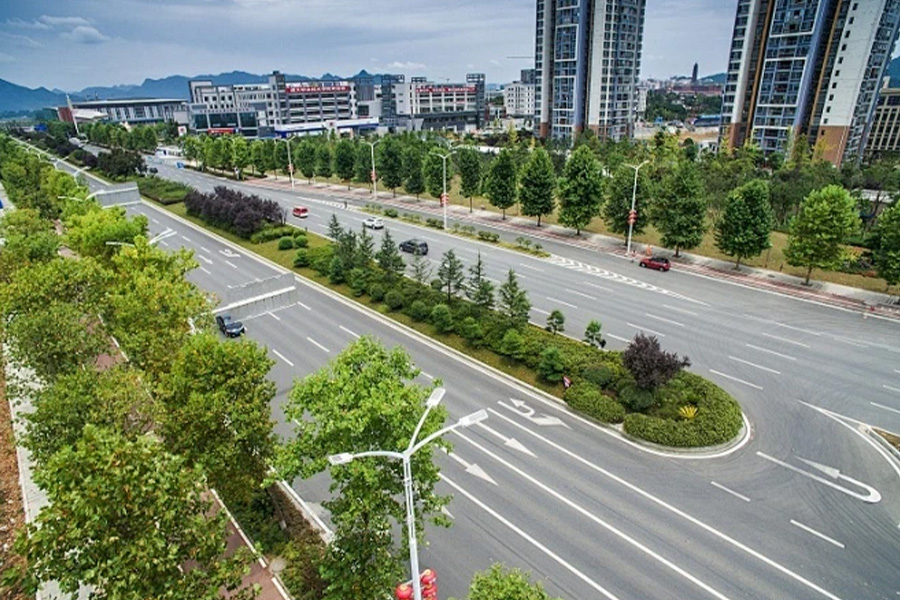Municipal roads are often overlooked as mere pathways for vehicles and pedestrians, but they play a far more significant role in shaping urban landscapes and influencing daily life. These roads are not just about transportation; they are integral to the social, economic, and cultural fabric of cities.

Firstly, municipal roads are crucial in defining the urban landscape. They serve as the backbone of a city's structure, dictating the flow of traffic, the layout of buildings, and the overall aesthetic of the urban environment. Wide, well-maintained roads can give a city a modern, progressive feel, while narrower, cobblestone streets might evoke a sense of history and charm. The design and layout of municipal roads can also impact the perception of safety and accessibility within a city, influencing where people choose to live, work, and play.
Beyond their physical impact, municipal roads play a vital role in shaping daily life. They are the arteries through which people navigate their cities, connecting homes to workplaces, schools to recreational areas, and businesses to customers. Efficient road networks reduce travel times and make it easier for people to access the resources and opportunities they need to live their lives. This, in turn, fosters economic growth and social cohesion by enabling people to interact and engage with their communities more easily.
Moreover, municipal roads can influence the way people perceive and experience their cities. A well-designed road network can enhance the walkability and bikeability of a city, making it more enjoyable and accessible for residents and visitors alike. Conversely, poorly designed or maintained roads can create barriers to mobility, making it difficult for people to get around and enjoy their cities.
The role of municipal roads in shaping urban life extends beyond mere physical connectivity. They can also serve as social hubs, with street markets, cafes, and public art installations bringing people together and fostering a sense of community. Roads can also be designed to accommodate public transportation, which is essential for reducing traffic congestion and providing equitable access to transportation options for all residents.
In addition, municipal roads play a critical role in emergency response and disaster preparedness. Well-maintained roads ensure that emergency services can reach those in need quickly and efficiently, saving lives and minimizing damage in the event of a crisis.
However, the development and maintenance of municipal roads also present challenges. Balancing the needs of different stakeholders, such as residents, businesses, and government agencies, can be difficult. Moreover, the construction and upgrading of roads can be costly and disruptive, requiring careful planning and coordination to minimize impacts on local communities.
Despite these challenges, the importance of municipal roads in shaping urban landscapes and daily life cannot be overstated. They are not just about getting from one place to another; they are about creating vibrant, connected, and livable cities that meet the needs and aspirations of their residents. As cities continue to grow and evolve, it is essential to prioritize the development and maintenance of municipal roads to ensure that they continue to serve their critical role in shaping our urban environments and enhancing our daily lives.

 Return
Return


